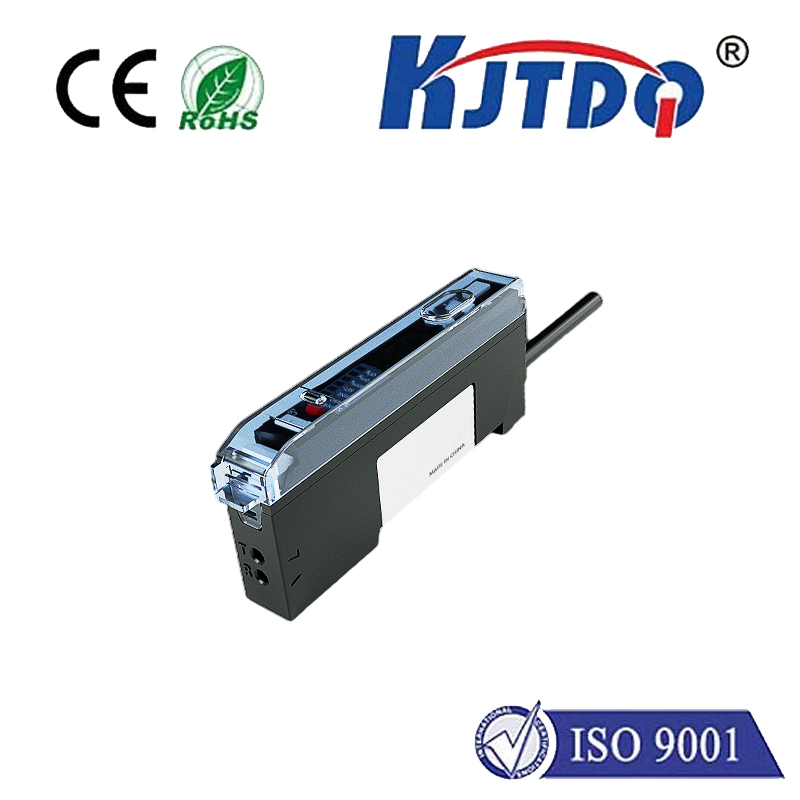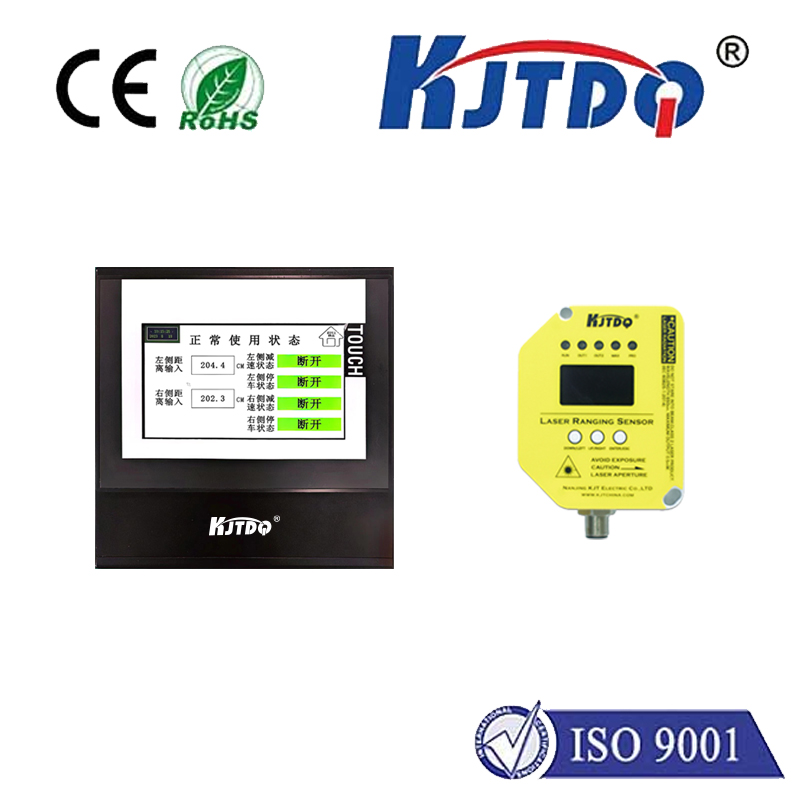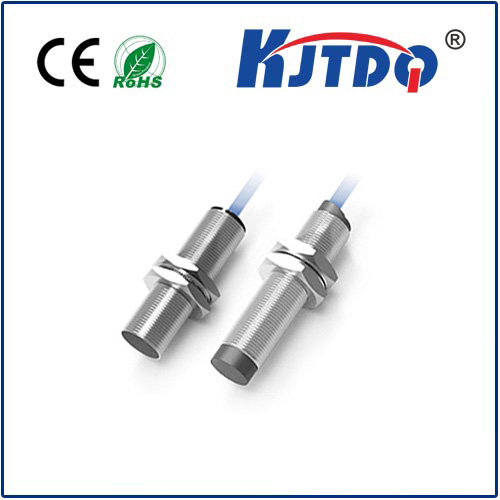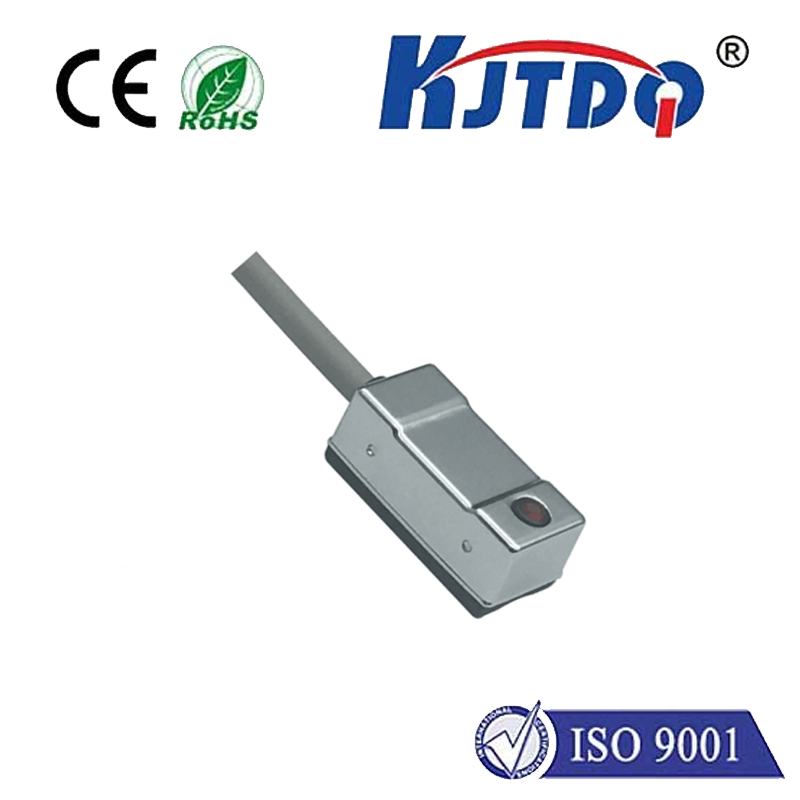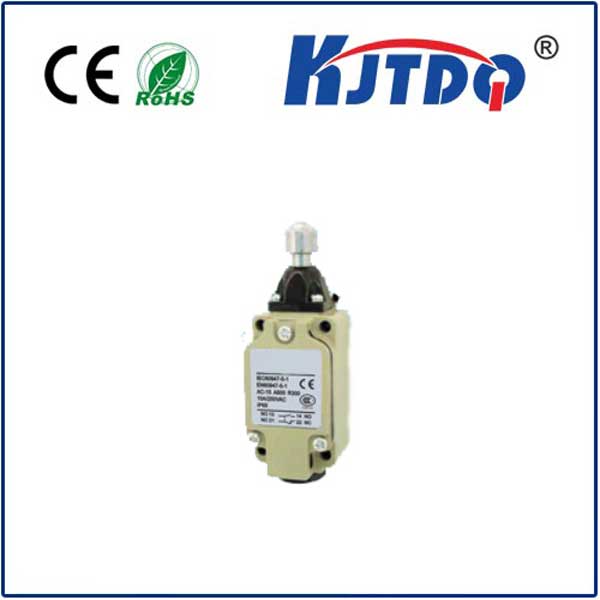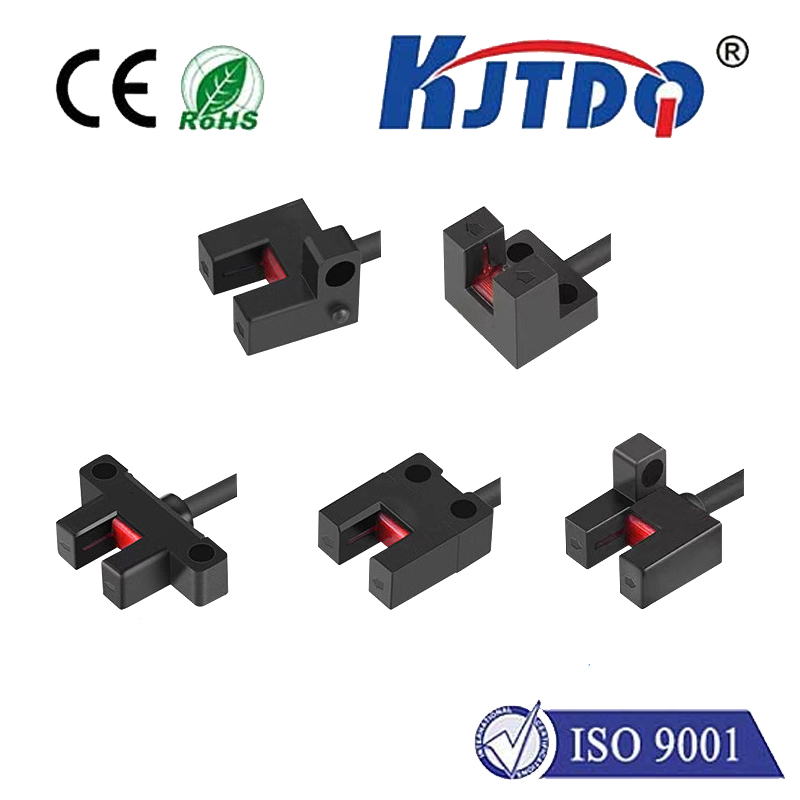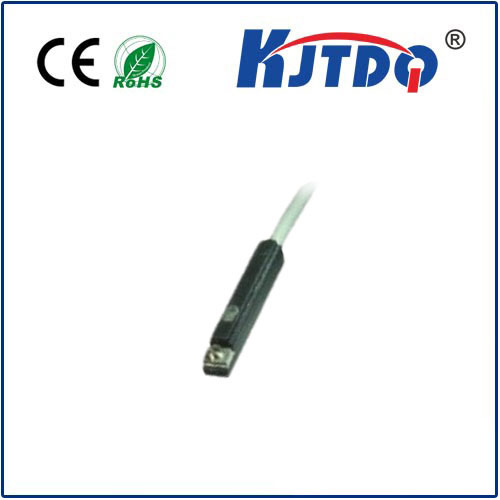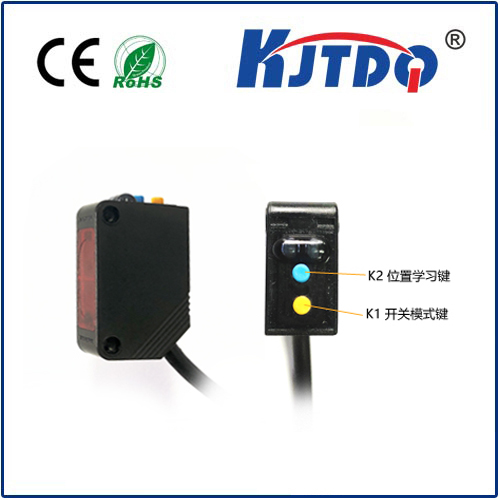5~24vdc l type u type photoelectric sensor slot ty
- time:2025-09-11 03:04:51
- Click:0
Demystifying 5~24VDC L-Type & U-Type Photoelectric Slot Sensors: Your Industrial Workhorses
Ever struggled to reliably detect tiny components whizzing down a production line, or ensure a safety guard is truly in place? In the demanding world of factory automation, precision and reliability are non-negotiable. Enter the unsung heroes often nestled within machinery: 5~24VDC L-Type and U-Type Photoelectric Slot Sensors. These compact powerhouses are fundamental for countless position, presence, and object detection tasks. But what exactly are they, and how do the “L” and “U” designs impact your application? Let’s cut through the jargon and find your ideal sensing solution.
Understanding the Photoelectric Slot Sensor Core
At its heart, a slot-type or fork sensor integrates both the infrared light transmitter and the receiver directly into opposing arms of a single unit, forming a precise “slot” or gap through which objects pass. Unlike sensors needing separate components, this integrated design creates a fixed, highly accurate optical axis. When an object interrupts the infrared beam traversing this slot, the sensor’s output state changes, signaling detection. This inherent simplicity translates to robustness, ease of installation, and immunity to alignment issues – key advantages in vibration-prone industrial environments.
The Critical 5~24VDC Operating Range

The voltage specification “5~24VDC” defines the sensor’s power supply flexibility. This wide operating range is tremendously valuable:
- Versatility: Compatible with common industrial control voltages like 12VDC or 24VDC, and often tolerant of lower voltages like 5VDC (common in logic circuits or specific controllers). This simplifies integration into diverse systems.
- Simplified Sourcing & Stocking: Engineers and maintenance teams don’t need multiple sensor variants for different voltage rails within this range. One sensor type fits most DC power scenarios.
- Robustness: Designs optimized for this range typically incorporate protection against common electrical disturbances like voltage spikes and reverse polarity, enhancing longevity.
Decoding the “L” and “U”: Structural Distinctions for Specific Needs
The letters “L” and “U” refer to the physical shape of the sensor body surrounding the sensing slot. This seemingly minor difference significantly impacts application suitability:
- L-Type (Standard/Asymmetric Slot):
- Structure: Features an asymmetrical body where one side (typically the receiver side) is substantially thicker or longer than the other, resembling an “L” shape when viewed from certain angles. The slot opening is not centered within the sensor’s overall width.
- Key Advantage: *Simplified Mounting & Access*. The thinner transmitter arm often makes it easier to slide the sensor into confined spaces or mount it close to fixed structures where symmetry might be a hindrance. Installation can be more straightforward in tight spots.
- Typical Use Cases: Ideal where space constraints favor a profile that tapers on one side, or where the specific mounting location benefits from the asymmetric design. Common in machinery guarding, compact equipment, or conveyor side-mounting.
- U-Type (Symmetrical Slot):
- Structure: Boasts a symmetrical body where the transmitter and receiver arms are essentially identical in size and shape, forming a balanced “U” around the slot. The sensing slot is centrally located.
- Key Advantage: *Balanced Strength & Universal Mounting*. The symmetric design often provides enhanced mechanical rigidity and resistance to twisting forces. It offers maximum flexibility for mounting orientation (either side can face a potential obstruction) and generally provides better protection for sensitive optics due to potentially deeper slot recesses.
- Typical Use Cases: Preferred in applications demanding high mechanical stability, environments prone to physical impacts, or situations requiring mounting versatility. Excellent for detecting objects on conveyors where mounts need to be equally strong on both sides, or in locations subject to vibration.
L-Type vs. U-Type: Quick Feature Comparison
| Feature |
L-Type Slot Sensor |
U-Type Slot Sensor |
| Body Shape |
Asymmetric (“L” profile) |
Symmetric (“U” profile) |
| Slot Position |
Offset (not centered in width) |
Centered |
| Mounting Ease |
Often easier in tight spaces |
Balanced, versatile mounting |
| Mechanical Strength |
Good |
Generally Higher |
| Impact/Vibration Resistance |
Standard |
Often Superior |
| Typical Strength |
Simpler access |
Balanced rigidity & protection |
Beyond Shape: Key Selection Parameters
Choosing between L-Type and U-Type involves more than just physical form. Consider these critical specs alongside the voltage and type:
- Slot Width & Depth: Dictates the maximum size of objects that can physically pass through the gap and the required clearance behind the object path.
- Sensing Gap (Slot Height): The distance between transmitter and receiver. Larger gaps detect bigger objects but can sometimes be more sensitive to misalignment or environmental factors like dust accumulation.
- Output Type (NPN/PNP, NO/NC): Must match your controller’s input requirements (sinking vs. sourcing). Normally Open (NO) or Normally Closed (NC) defines the signal state when no object is present.
- Response Time: How quickly the sensor reacts to an object entering the slot. Crucial for high-speed applications.
- Material & IP Rating: Housing material (often PBT plastic or metal) and Ingress Protection (IP) rating (e.g., IP67) determine resistance to dust, moisture, and chemicals in your specific environment.
- Connection Type: Pre-wired cable or quick-disconnect connector (e.g., M8, M12).
Finding Your Perfect Match: L-Type or U-Type?
- Choose an L-Type Sensor when: You’re working within tight spatial confines, where the asymmetric profile offers easier insertion or mounting near a wall/obstruction on one side. If simpler access during installation or maintenance is a priority in your setup, L-Type often shines.
- Choose a U-Type Sensor when: You need maximum mechanical stability and durability, especially in harsh environments with vibration or potential impacts. If mounting versatility (ability to install from either side) or optimal protection for the optical path (deeper recesses) are paramount, the U-Type’s symmetric strength is the way to go.
Harnessing Reliability for Smarter Automation
Whether you opt for the accessible profile of the L-Type or the rugged symmetry of the U-Type, 5~24VDC photoelectric slot sensors deliver a winning combination of precision, robustness, and operational flexibility. Their through-beam principle ensures high reliability, while the integrated design eliminates alignment hassles. By carefully matching the sensor’s physical structure (L or U), slot dimensions, output configuration, and environmental ratings to your specific task – whether it’s counting pills, verifying gear position, or guarding a hazardous area – you integrate a critical component built for dependable, long-term performance on the factory floor.






